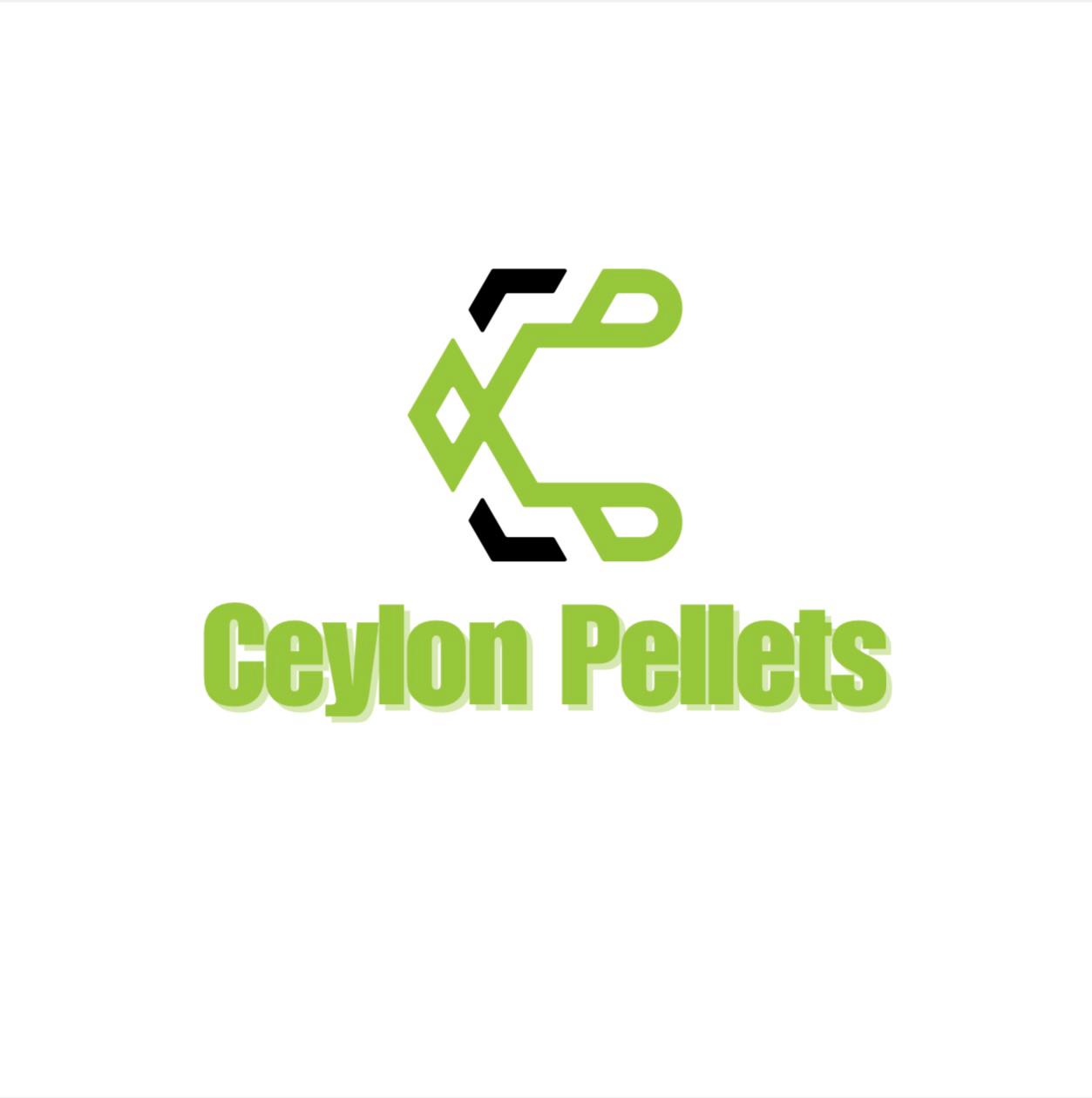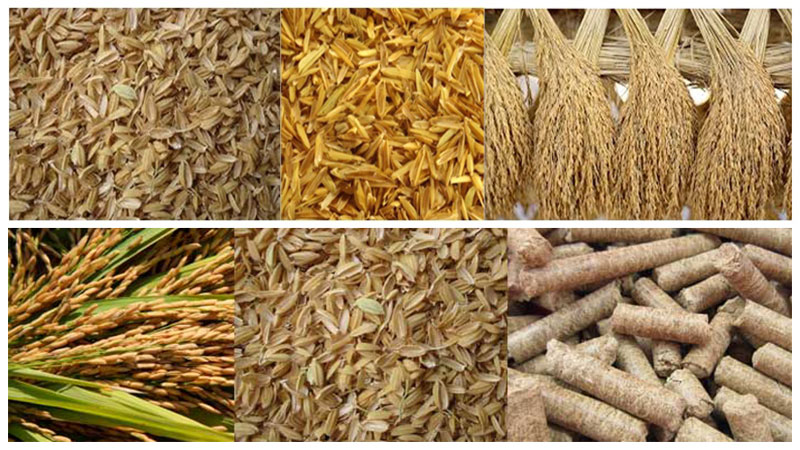Introduction: In the quest for sustainable and eco-friendly alternatives, one shining star has emerged – Ceylon Husk Rice Pellets. These pellets, made from the outer husk of rice, not only offer a green solution to waste management but also present a valuable resource for various industries. Let’s delve into the world of Ceylon Husk Rice Pellets and explore how they are transforming the landscape of sustainability.
The Origin of Ceylon Husk Rice Pellets: Ceylon Husk Rice Pellets are a byproduct of rice milling, specifically derived from the husk or outer layer of the rice grain. Sri Lanka, with its rich agricultural heritage, has been at the forefront of harnessing the potential of rice husk. Traditionally considered agricultural waste, rice husk is now gaining prominence as a valuable raw material for sustainable products.
Environmental Impact: One of the most significant advantages of Ceylon Husk Rice Pellets lies in their positive impact on the environment. Rice husk, which was previously burned or disposed of as waste, now finds purpose as a raw material for these pellets. By diverting this agricultural byproduct from landfills, we not only reduce waste but also minimize the carbon footprint associated with its disposal.
Renewable Energy Source: Ceylon Husk Rice Pellets are a powerhouse of energy. With high calorific value, they serve as an excellent alternative fuel source. Industries are increasingly using these pellets in biomass boilers to generate heat and power. This sustainable energy solution not only reduces dependence on traditional fossil fuels but also helps in mitigating greenhouse gas emissions.
Versatility in Applications: The applications of Ceylon Husk Rice Pellets extend beyond energy production. They are finding use in various industries, such as agriculture, animal husbandry, and even in the creation of eco-friendly consumer products. The pellets can be compressed into different shapes and sizes, making them adaptable to a wide range of uses.
Agricultural Benefits: Ceylon Husk Rice Pellets have proven to be a boon for agriculture. When used as a soil amendment, they enhance soil fertility and structure. The pellets release essential nutrients gradually, providing a sustainable and long-lasting solution for soil enrichment. This not only improves crop yield but also promotes eco-friendly farming practices.
Challenges and Future Prospects: While the adoption of Ceylon Husk Rice Pellets is gaining momentum, challenges such as scalability and awareness persist. Collaborative efforts between governments, industries, and local communities are crucial to overcoming these hurdles. As more research and development go into refining the production process and creating awareness about the benefits, Ceylon Husk Rice Pellets have the potential to become a mainstream sustainable solution globally.
Conclusion: Ceylon Husk Rice Pellets stand as a testament to the innovative use of agricultural byproducts in creating sustainable solutions. From waste to a valuable resource, these pellets contribute to environmental conservation, renewable energy, and improved agricultural practices. As we navigate the path towards a greener future, Ceylon Husk Rice Pellets offer a promising and tangible step in the right direction.

